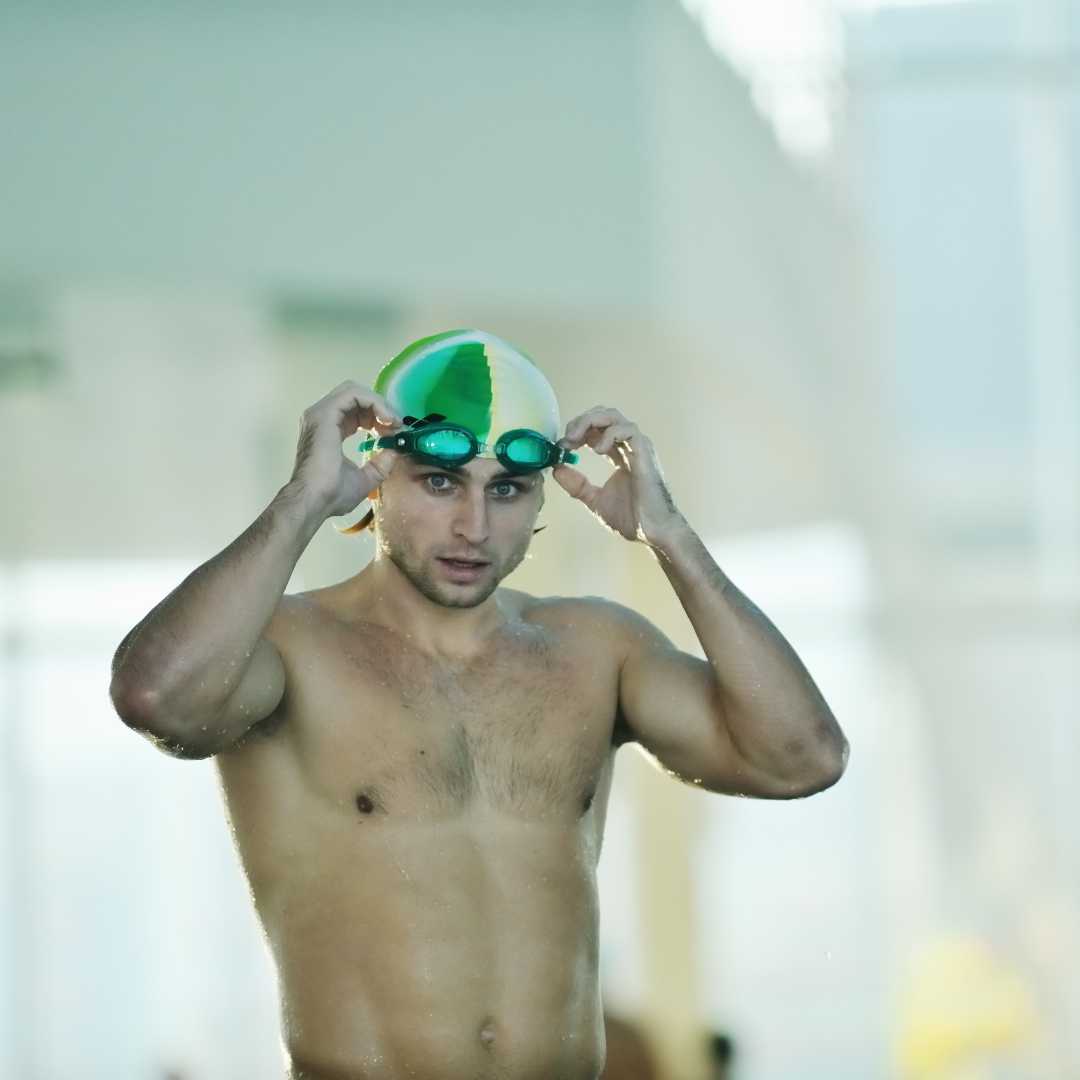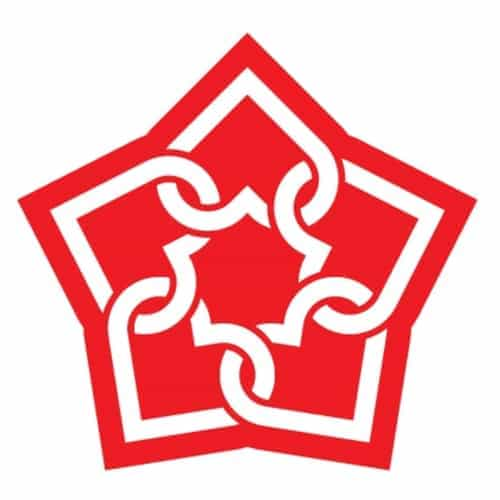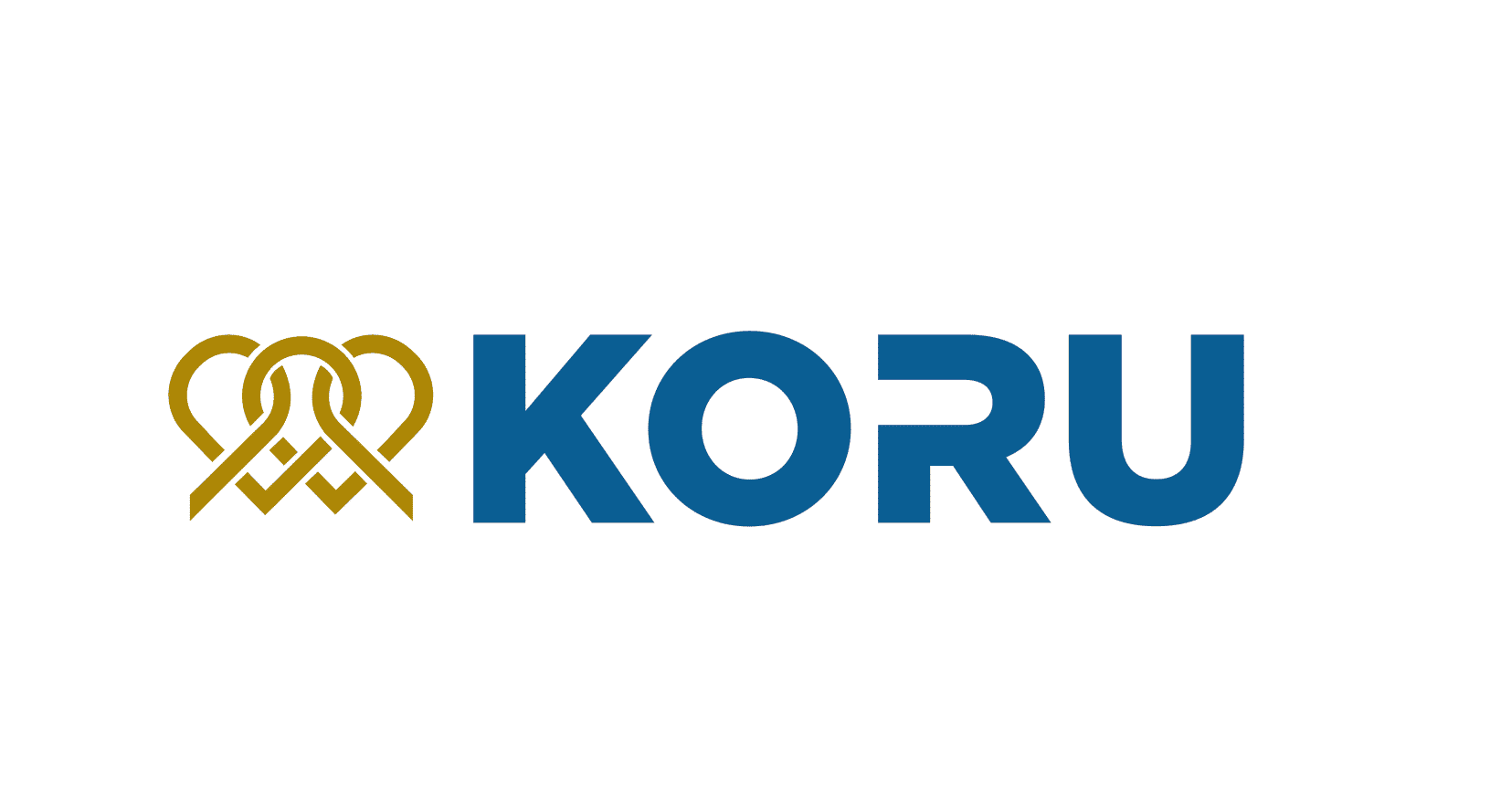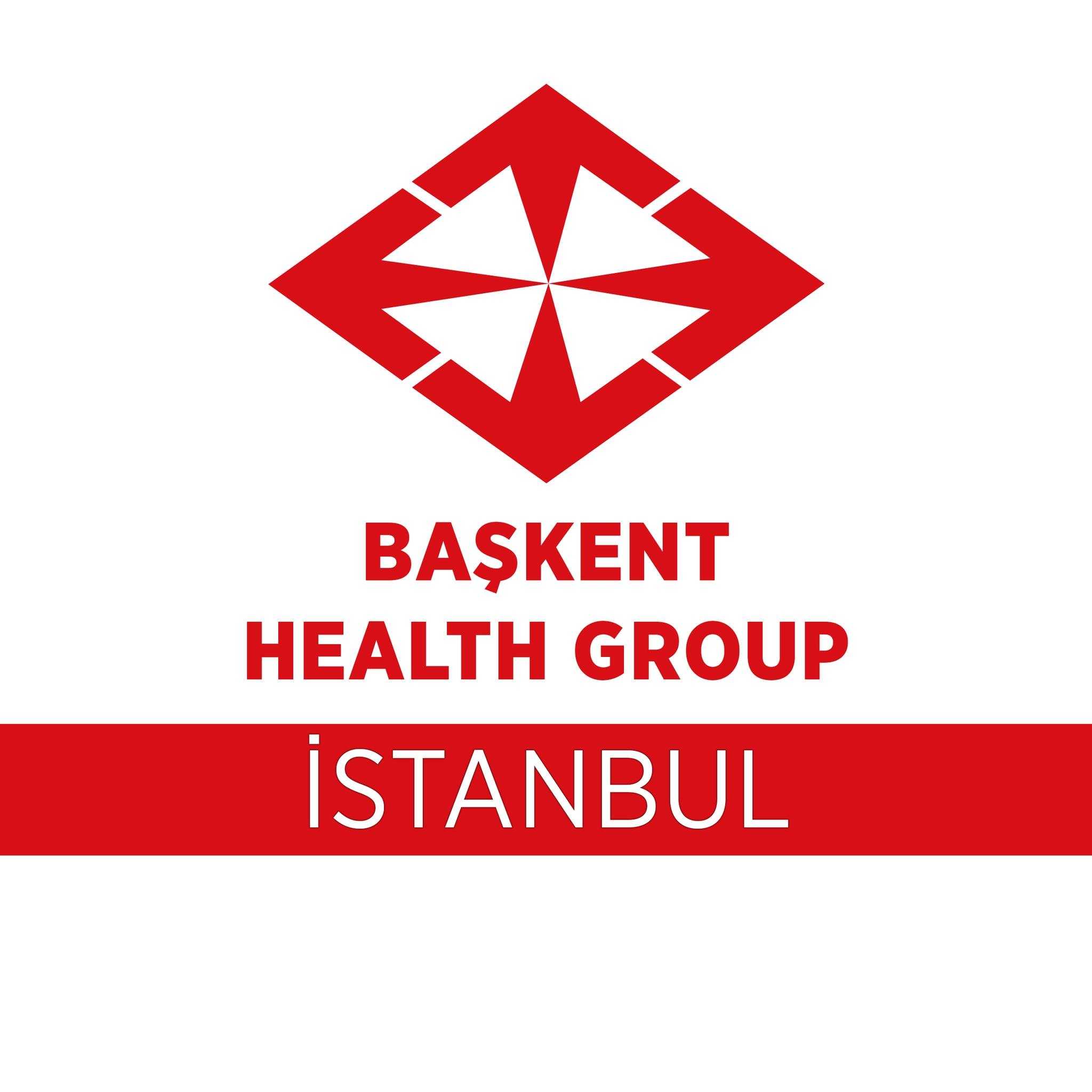Cost of Circumcision in Istanbul Turkey
Price for Circumcision Procedure in Istanbul, Turkey is around $1,105 USD. The final cost of a circumcision procedure in Istanbul may vary depending on the age of the patient, the type of circumcision being performed, and the specific clinic or hospital where the procedure is being performed. In general, circumcision procedures in Istanbul can cost anywhere from a few hundred to a few thousand Turkish Lira.
It is important to note that the cost of a circumcision procedure may not be covered by health insurance in Turkey, and it is always a good idea to check with your insurance provider and the specific clinic or hospital to determine the cost of the procedure and any potential coverage.
Overview of Circumcision
Circumcision is the medical procedure by which the foreskin (prepuce) is removed, that is the skin which covers and protects the tip of the penis, known as the glans. Although the procedure is sometimes necessary due to some medical problems, usually it is the strong cultural and religious belief the reason for which circumcision is made. Most Muslims and Jews circumcise their male children and in the United States the procedure is done on male children after they are born, before they leave the hospital.
There is some evidence that circumcision has health benefits, including:
- A decreased risk of urinary tract infections.
- A reduced risk of some sexually transmitted diseases in men.
- Protection against penile cancer and a reduced risk of cervical cancer in female sex partners.
- Prevention of balanitis (inflammation of the glans) and balanoposthitis (inflammation of the glans and foreskin).
- Prevention of phimosis (the inability to retract the foreskin) and paraphimosis (the inability to return the foreskin to its original location).
How circumcision procedure performs in Istanbul Turkey?
Circumcision is a surgical procedure that involves the removal of the foreskin, which is the skin that covers the head of the penis. In Istanbul, Turkey, circumcision procedures are typically performed by urologists in a hospital or clinic setting.
- The specific technique used for circumcision may vary depending on the age of the patient, the reason for the circumcision, and the preference of the surgeon. In general, however, circumcision procedures involve the following steps:
- Anesthesia: The patient may receive a local anesthetic to numb the area, or a general anesthetic to make them unconscious during the procedure.
- Preparation: The surgeon will clean the area and drape it with sterile cloths to reduce the risk of infection.
- Excision of the foreskin: The surgeon will use a scalpel or scissors to remove the foreskin, being careful to avoid damaging the underlying tissue.
- Closure: The surgeon will close the incision with stitches or skin glue.
- Recovery: The patient will be monitored for a period of time after the procedure to ensure that there are no complications. They will be given instructions on how to care for the circumcision site and manage any pain or discomfort.
It is important to note that circumcision is a major surgical procedure and carries risks, including the possibility of infection, bleeding, and damage to the penis. It is important to discuss the potential risks and benefits of circumcision with your urologist before deciding to undergo the procedure.
How to Find Good Urologist for circumcision procedure in Istanbul Turkey?
Here are some tips for finding a good urologist for a circumcision procedure in Istanbul, Turkey:
- Ask for recommendations: You can ask your primary care doctor, friends, or family members for recommendations for urologists in Istanbul.
- Research online: You can search online for urologists in Istanbul and read reviews from patients to get an idea of the level of care provided by different doctors.
- Consider the urologist's credentials: Make sure the urologist you choose is licensed to practice medicine in Turkey and has completed appropriate training and certification in urology.
- Look for a urologist with experience: It is generally a good idea to choose a urologist who has experience performing circumcision procedures, as this can increase the chances of a successful outcome.
- Consider the location and convenience of the clinic or hospital: Choose a urologist who practices at a clinic or hospital that is convenient for you and has a good reputation.
- Meet with the urologist: It is a good idea to meet with the urologist in person before the procedure to discuss your concerns and ask any questions you may have. This can help you feel more comfortable and confident in your choice of urologist.
What Question to Ask Urologist before circumcision procedure in Istanbul Turkey?
Here are some questions you may want to ask your urologist before having a circumcision procedure in Istanbul, Turkey:
- What are the risks and benefits of circumcision?
- What type of anesthesia will be used during the procedure?
- How long will the procedure take, and how long will the recovery period be?
- Will I need to stay in the hospital overnight after the procedure?
- How should I care for the circumcision site after the procedure?
- Will I experience any pain or discomfort after the procedure, and if so, how can it be managed?
- When can I return to my normal activities, including work and exercise?
- Are there any potential complications that I should be aware of, and how will they be managed if they occur?
- What is the success rate of this procedure, and what are the chances of needing additional treatment or follow-up care?
- Are there any alternative treatments available that may be less invasive or have fewer risks?
PlacidWay is a medical tourism company that provides information and assistance to individuals seeking medical treatment abroad. If you would like more information about circumcision procedures in Istanbul, Turkey, you may want to contact PlacidWay to ask about the services we offer and the clinics and hospitals they work with. You can find contact information by pressing the button below:


.png)

.png)












Share this listing